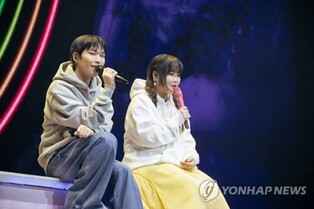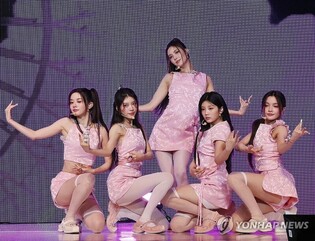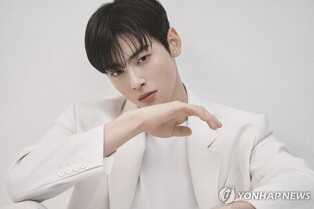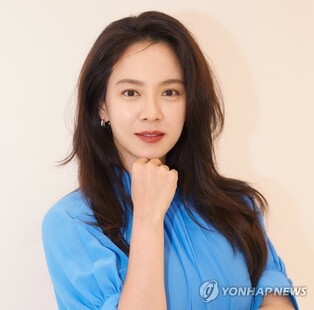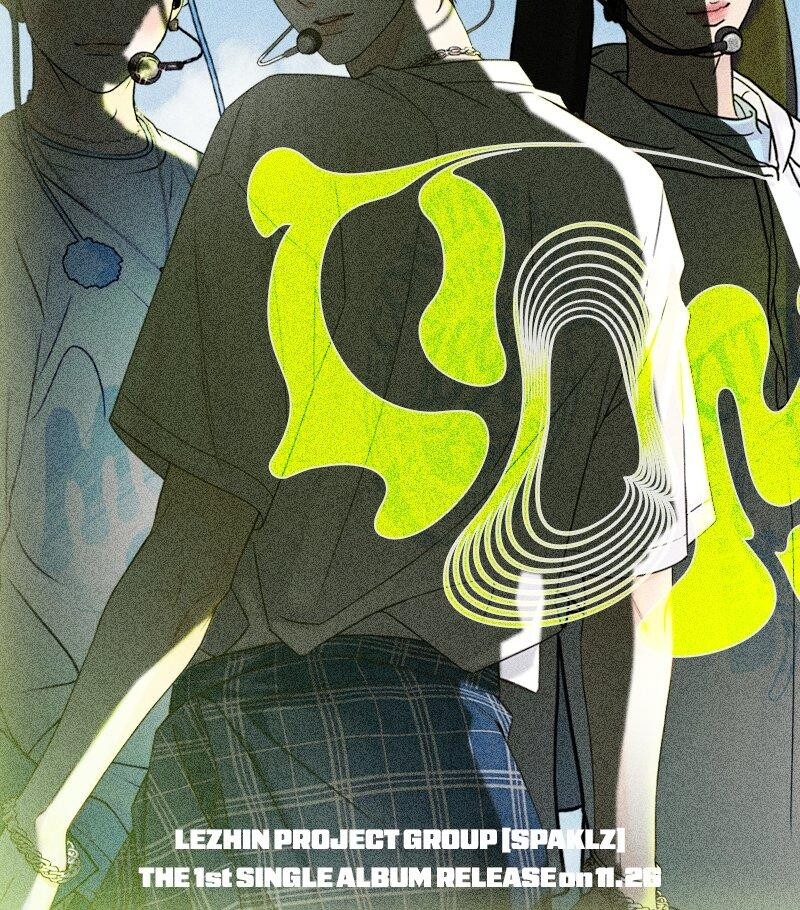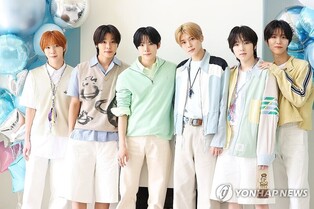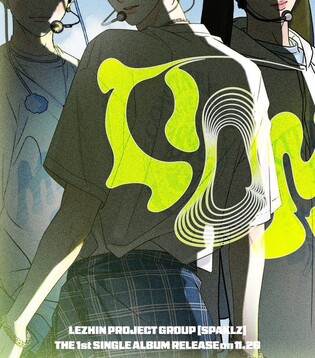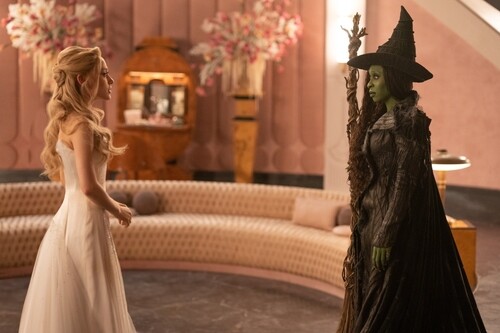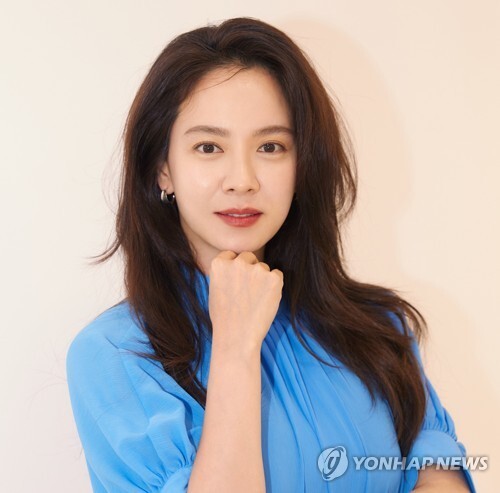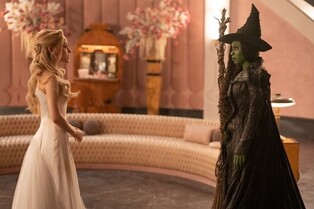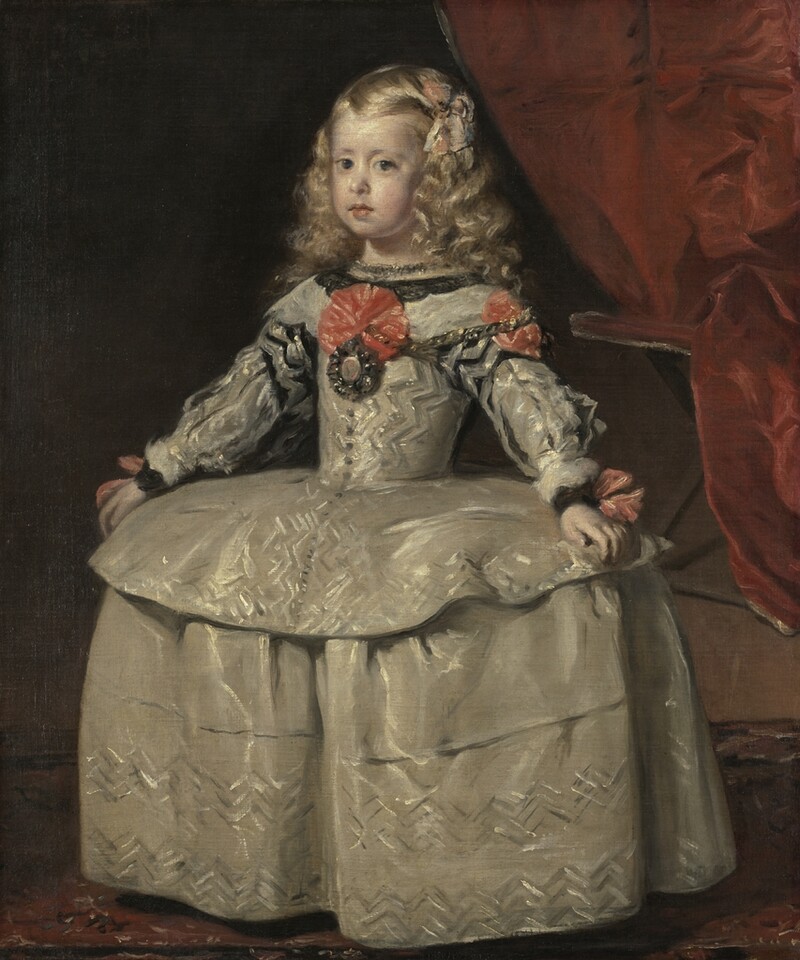 |
| ▲This photo, provided by the National Museum of Korea, shows 'Infanta Margarita Teresa in a White Dress.' (PHOTO NOT FOR SALE) (Yonhap) |
 |
| ▲This photo, provided by the National Museum of Korea, shows 'Marie Antoinette, the Queen of France.' (PHOTO NOT FOR SALE) (Yonhap) |
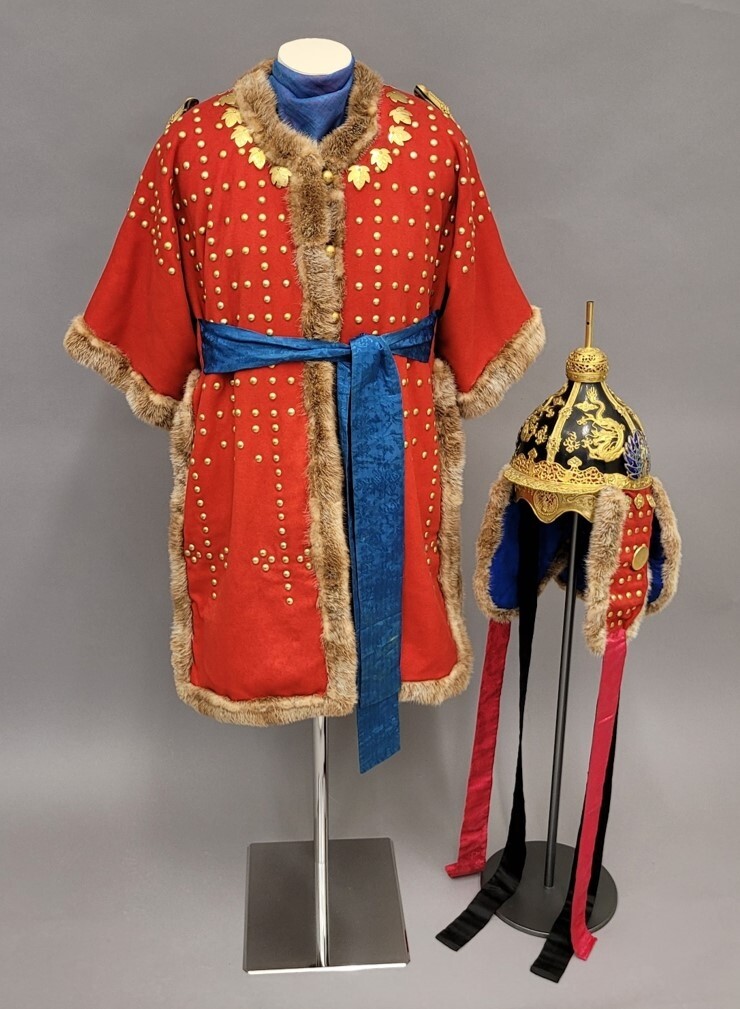 |
| ▲This photo, provided by the National Museum of Korea, shows a suit of armor and a helmet of Joseon. (PHOTO NOT FOR SALE) (Yonhap) |
SEOUL, Oct. 25 (Yonhap) -- Being at the heart of European history over more than 600 years from Rudolf I's election as Holy Roman Emperor in 1273 until the collapse of the regime in 1918, the Habsburgs were also passionate for collecting artworks.
The Habsburgs collected artworks from several European countries and sponsored artists such as Diego Velazqu and Peter Paul Rubens.
Their collection of artworks are gathered at Kunsthistorisches Museum Wien in Austria and handed down generations.
The exhibition to view the the Habsburgs's collections located in Kunsthistorisches Museum Wien in Austria has kicked off on Tuesday.
The National Museum of Korea will be hosting the exhibition "Six Centuries of Beauty in the Habsburg Empire" in partnership with Kunsthistorisches Museum Wien in Austria to celebrate the 130th anniversary of the establishment of diplomatic relationship between Austria and Korea.
Consisted of five sections, the exhibition will present 96 works that are collected by the House of Habsburg from the fifteenth century through the early twentieth century and introduce the history behind their collection of artworks.
The first section "Emperor's 'Kunstkammer' in Prague' covers Emperor Rudolf II who engaged in colllecting in Prague in the sixteenth century. His artworks in his "Kunstkammer" formed the foundation of the crafts gallery of Kunsthistorisches Museum Wien. Crafts including a cruciform sundial and a gold-filigree basket will be exhibited in this section.
The second section spotlights Archduke Ferdinand II. He created a special space within Ambras Castle for displaying his collections. He even personally designed the display cases and specified the locations for each objects on display. In this section, sixteenth-century craftworks made from coconuts are presented.
The third section features key works of Kunsthistorisches Museum Wien. Artworks are collections that were collected by the Spanish Habsburgs over two centuries starting from Charles V joined with paintings from Italy and Flanders that were collected by Archduke Leopold Wilhelm, who served as the Governor of the Spanish Netherlands in Brussels. Masterpieces such as "Infanta Margarita Teresa in a White Dress" by Diego Velazquez, "Philemon and Baucis Giving Hospitality to Jupiter and Mercury" by Peter Paul Rubens, and the portrait of "Jacomo de Cachiopin" by Anthony van Dyck are exhibited.
The fourth section examines the reign of Maria Theresa in the eighteenth century. She and her son Joseph II transferred the collections of the House of Habsburg to Belvedere Palace and opened the palace to the public for free. This section presents "Banquet to Celebrate the Engagement of Archduchess Maria Christina" and paintings of Maria Theresa's daughter, Marie Antoinette.
The fifth section sheds light on the reign of Francis Joseph I in the nineteenth century, also the constructor of Kunsthistorisches Museum Wien. This section displays the portraits of Emperor Franz Joseph I and of Empress Elisabeth. Kunsthistorisches Museum Wien took them into its collection and has carefully housed them over the decades.
This exhibition celebrating the 130th anniversary of the establishment of diplomatic relations between Austria and Korea also presents a suit of armor and helmet of Joseon. They are gifted by King Gojong to Franz Joseph I to celebrate two countries' diplomatic relation.
Yoon Sung Yong, the director general of the National Museum of Korea, said, "It is hoped that this exhibition will provide an opportunity to discover new aspects of the Habsburgs within the reaches of European history."
(This article is translated from Korean to English by Jiwon Woo.)
(END)
(C) Yonhap News Agency. All Rights Reserved



















